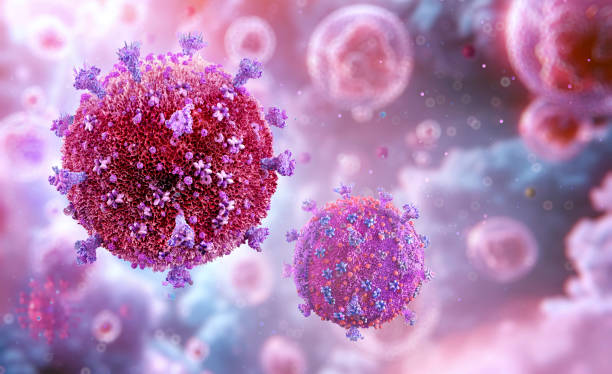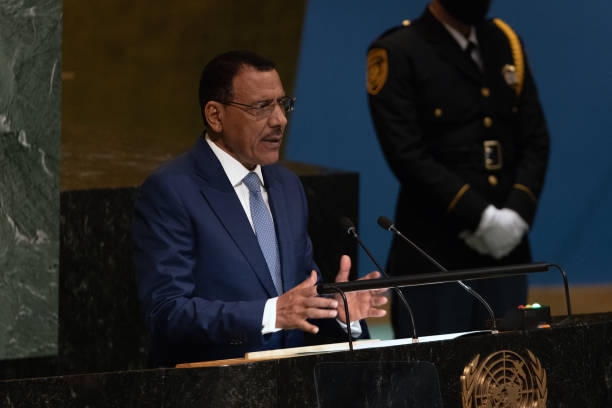Every single day in 2024, an average of 712 children around the world were newly infected with HIV. That’s about one child every two minutes — a sobering figure that paints a grim picture of a disease the world once hoped was on its way out.
This worrying reality comes from the latest UNICEF HIV Estimates Report, which was published on Thursday. It doesn’t just reveal numbers — it tells the story of a world still grappling with an epidemic that’s changing lives, especially those of the youngest and most vulnerable.
The Children at the Centre of the Crisis
Of the estimated 40.8 million people living with HIV globally in 2024, 2.42 million were children aged 0 to 19. These children did not choose their fate — most of them inherited the virus at birth or soon after, through mother-to-child transmission.
And while the world has made strides in reducing new infections, it’s clearly not enough. The report highlights that about 250 children died every day in 2024 from AIDS-related illnesses. That’s over 90,000 young lives lost in just one year — many of them simply because they couldn’t access proper care or treatment.
A Harsh Reality in Sub-Saharan Africa
While HIV is a global issue, sub-Saharan Africa remains the hardest hit, particularly the southern region. The statistics are painful: 86 per cent of children and adolescents living with HIV are in this region alone.
The reasons are complex, but sadly familiar — poverty, limited access to health care, and entrenched gender inequalities. In many communities, young girls are especially at risk, often caught in relationships with older men, sometimes for survival or out of economic need. It’s a cycle that keeps turning, generation after generation.
Even more heartbreaking, an estimated 13.8 million children under 18 have lost one or both parents to AIDS-related causes. This leaves millions of children fending for themselves or depending on already-stretched relatives. No child should have to face adulthood before they even finish childhood.
It’s not all bad news. The report notes a 62 per cent drop in new HIV infections among children aged 0–14 since 2010. This is largely thanks to better strategies to prevent transmission from mothers to babies — a sign that when political will and funding align, results follow.
However, there’s a catch. Among teenagers aged 15–19, the drop is much slower — just 44 per cent over the same period. And among this age group, deaths from AIDS-related illnesses haven’t reduced nearly fast enough. Many adolescents either don’t know their status, are too afraid to seek help, or are simply overlooked by health systems.
In simpler terms — we are saving babies, but losing teens.
The Global Shift in Transmission
While Africa bears the brunt, the face of HIV is changing elsewhere too. In Eastern Europe and Central Asia, the virus is no longer only associated with drug use — sexual transmission is now on the rise. Asia, once focused on infections among sex workers and drug users, is seeing the virus move into broader populations — affecting even so-called “low-risk” groups.
This shift means no one is truly safe, and complacency is dangerous. “If it’s not in your house today, it could be tomorrow,” as a Nigerian auntie might put it.
Despite the chilling numbers, one thing is clear: HIV is not unbeatable. With proper investment, early testing, treatment access, and education, many of these deaths and new infections can be prevented.
UNICEF’s call is simple — put children and adolescents at the centre of the HIV response. They are not just statistics. They are sons and daughters, classmates and neighbours. They deserve the chance to live long, healthy lives like everyone else.
As the world moves forward, one can only hope that governments, health organisations, and communities will come together — not just for reports and promises, but for real, lasting action.
Because 712 new infections a day? That’s 712 too many





